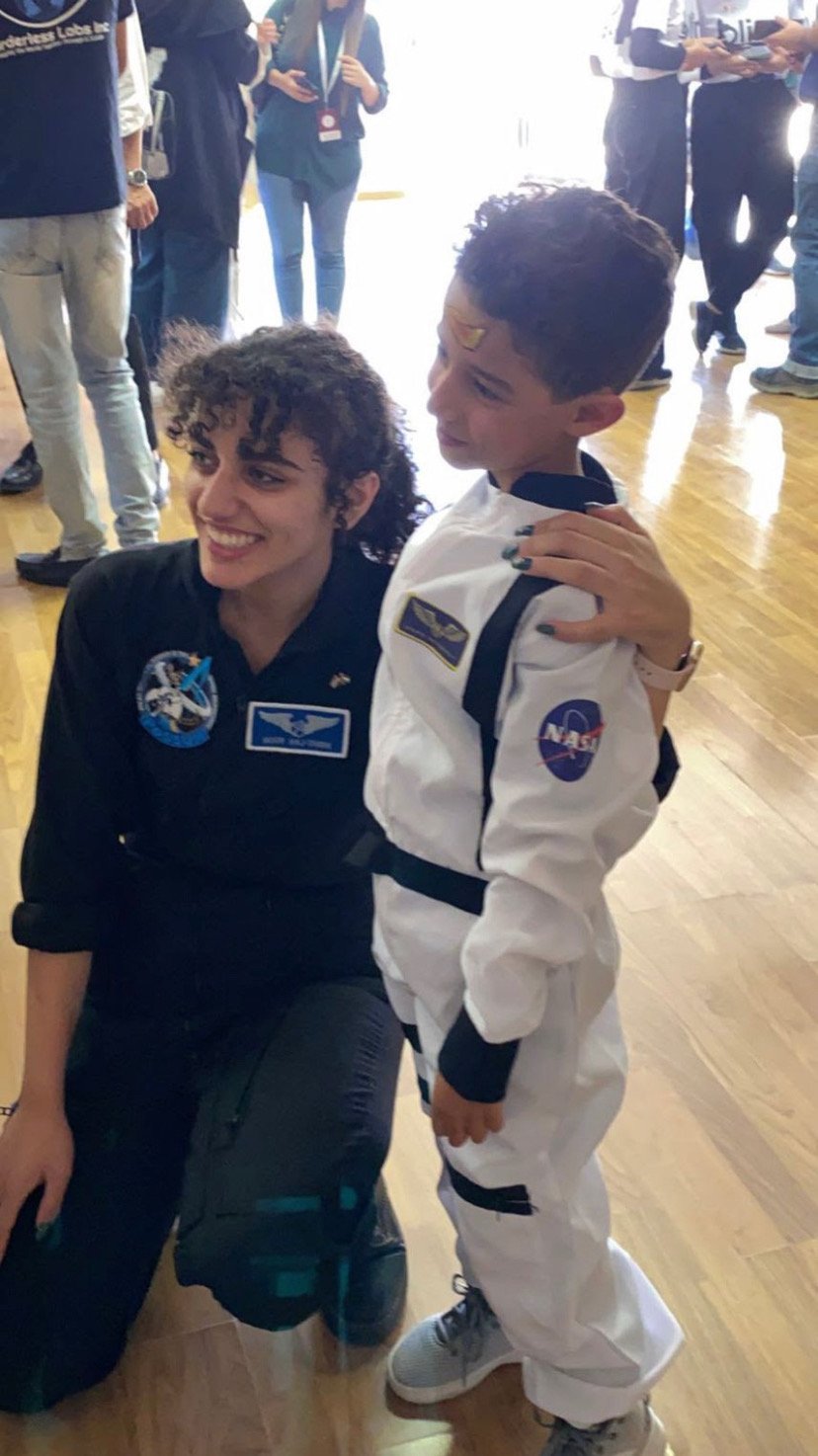Education Designed To Make An Impact
To Inspire Tomorrow's Leaders in STEM.Cubes in Space
At this time, JSSOAR is a proud participant in NASA’s Cubes in Space program, in corporation with Science Systems and Applications. The Cubes in Space program serves the experience of exploration and discovery through inquiry, investigation, constructing knowledge, and developing understanding. The program is a true learning experience, appropriately challenging for both the student and educator, involving a real product at the end of the program to design and fly an experiment in space. Students of grades 6-12 will learn to conduct experiments, understand the principles differentiating dependent and independent variables, construct novel scientific literature, experiment with hands-on science, connect with Subject Matter Experts, fulfill Intent to Fly Forms, Applications for Spaceflight, and most importantly, vouch for their craft at the NASA Wallops Sounding Rockets Program Office. Three separate space launches will be unveiled this summer for our four hundred and fifty students.
JSSOAR is a NASA Museum and Informal Education Institute Alliance Member, certifying such individuals as NASA educators through training. Previously, JSSOAR held the country's sole Artemis I viewing party as well as the X-57 Maxwell Supersonic Aircraft Demonstration for students. Additionally, JSSOAR has held JMARS (Java Mission Analysis and Remote Sensing) classes for the TechGirls and TechWomen, an international summer exchange program designed to empower and inspire young women from around the world to pursue careers in science and technology. Since 2012, TechGirls has trained and mentored 528 teenage girls (ages 15-17). The program began supporting girls from the Middle East and North Africa (Algeria, Egypt, Jordan, Lebanon, Libya, Morocco, Palestinian Territories, Tunisia, and Yemen). JSSOAR is a NASA Museum and Informal Education Institute Alliance Member
NASA Educational Workshops
Tomatosphere™ uses the excitement of space exploration to teach the skills and processes of scientific experimentation and inquiry. Students investigate the effects of the space environment on the growth of food that will inevitably support long-term human space travel.
Each classroom is sent two packages of tomato seeds. One package contains seeds that have been sent into space and the other package contains “control” seeds, which have been kept on Earth. Through the Tomatosphere™ project, students will learn how to conduct a scientific experiment and compare the germination rates of the two groups of seeds. Tomatosphere™ relies on a “blind test” in which educators and students will not know which of the two packages are the “space” seeds and which are control seeds until the germination process is complete and results have been submitted.
Watching these seeds germinate and grow will encourage classroom dialogue about the elements of life that support the requirements for space missions – food, water, oxygen and the need to consume carbon dioxide exhaled by astronauts. Travelling to and from Mars could take more than two years, therefore it is vital to know how to grow food while astronauts make the journey to the Red Planet, spend time on Mars and make the return journey back to Earth.


